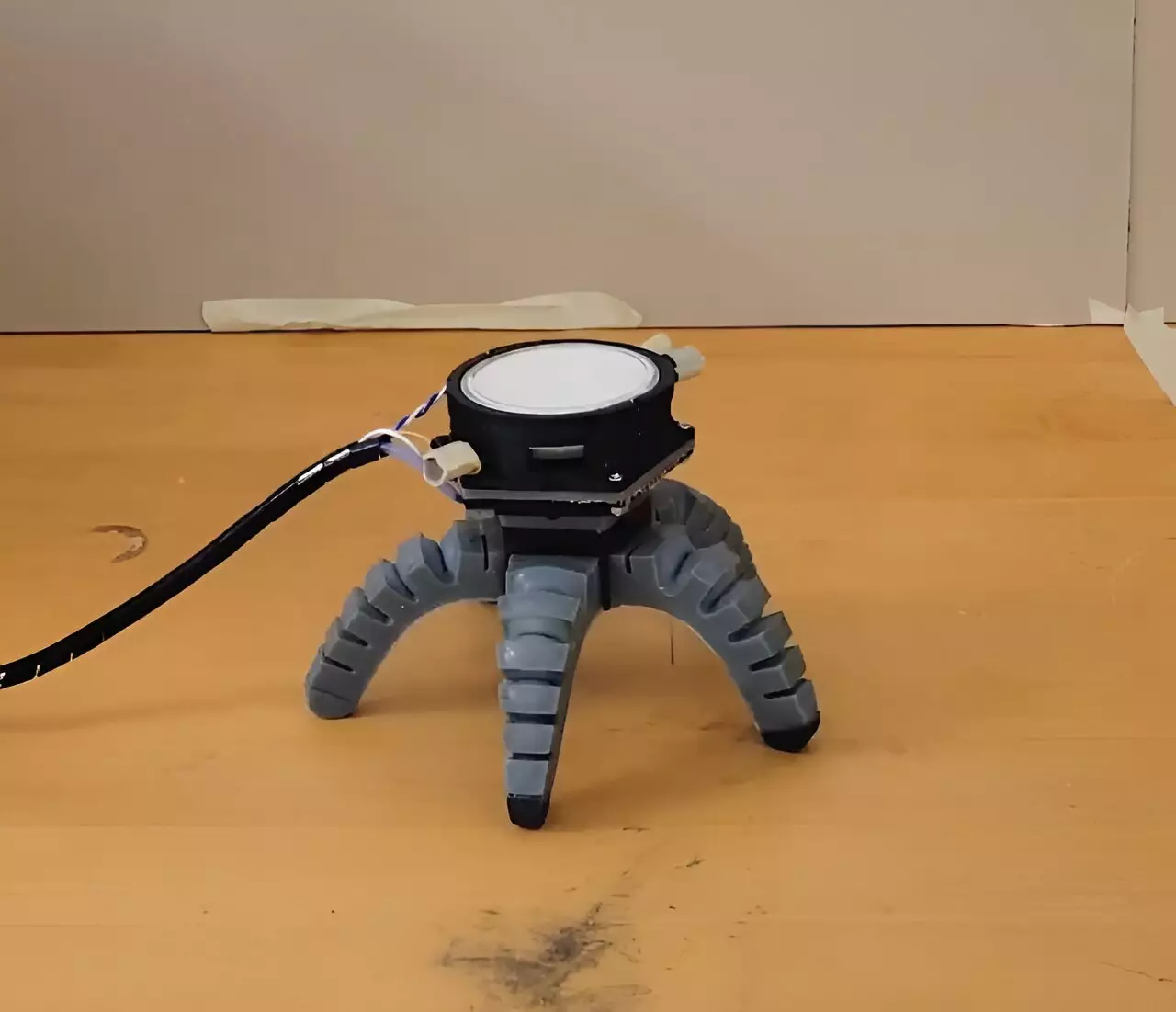Robotics has often drawn inspiration from nature, imitating the mechanisms and functionalities of living organisms. However, a groundbreaking approach by researchers at Cornell University now shifts this paradigm by incorporating an unexpected biological component: fungal mycelium. This innovative venture aims to enhance robot autonomy by harnessing the unique properties of this underground network of fungi. The implications of this research extend beyond mere robotics, exploring interconnectedness with biological systems and the environment.
Mycelium, the vegetative part of fungi, forms an intricate web beneath the forest floor, playing a crucial role in nutrient cycling and ecosystem health. This remarkable structure not only survives in challenging environments but also exhibits an ability to respond to a myriad of stimuli ranging from chemical signals to light and temperature changes. Researchers at Cornell have tapped into these intrinsic capabilities to create robots that can react more dynamically to their surroundings than traditional synthetic robots, which rely on passive sensors.
By incorporating mycelial networks into robotic systems, these biohybrid robots can interpret and respond to stimuli in real-time, thereby enhancing their operational capabilities. This project encapsulates a synthesis of multiple disciplines—mechanical engineering, mycology, neurobiology, and electronics—to create a system where living organisms contribute to machine intelligence.
The process of integrating mycelia into robotics requires a comprehensive understanding of the fungi’s electrical signaling. Researchers developed a sophisticated electrical interface that filters out irrelevant noise while accurately capturing the mycelium’s potential spikes. This involves sourcing knowledge from experts like neurobiologists, who elucidate how these ionic channels carry vital information through electrical impulses similar to neurons.
The lead researcher, Anand Mishra, illustrates that while conventional robotic sensors function in isolated capacities, living systems such as mycelium can integrate multiple stimuli. This ability allows for a more versatile and resilient robotic form that can withstand unforeseen environmental conditions, a critical factor in both ecological monitoring and agricultural applications.
Two distinct biohybrid robots were constructed for experimental validation: one resembling a spider, designed for locomotion, and a wheeled variant for navigation. Through a series of experimental interactions, the researchers demonstrated that these robots could alter their behaviors based on the signals emitted by the mycelia they were integrated with. The initial trials showed synchronized movements directly influenced by continuous electrical spikes from the mycelium, showcasing the organism’s capability to inform real-time actions.
In subsequent experiments, the activation of ultraviolet light led to a change in the gait of the spider-like robot, underscoring the mycelium’s ability to respond to specific environmental inputs. This adaptability reflects a significant advancement over traditional robotic designs that function on pre-programmed commands, emphasizing the potential for a more autonomous robotic future.
Beyond enhancing robotic functionality, this research opens new avenues for environmental interaction. The potential applications of mycelium-integrated robots could include precision agriculture, where robots can autonomously assess soil properties and make decisions about resource allocation, such as the timing of fertilizer application. Such systems could mitigate adverse environmental impacts, like nutrient runoff that contributes to harmful algal blooms in aquatic ecosystems.
Furthermore, the intrinsic adaptability of mycelia equips these biohybrid robots to respond to biological stress signals, allowing them to serve not only as tools for human use but also as systems capable of understanding and interpreting the ecological conditions they inhabit.
The marriage of robotics and mycology represents a novel frontier in engineering and biology, one that promises greater autonomy and environmental responsiveness. As researchers continue to expand upon this work, the intersection of living systems and artificial constructs could lead to robots that are not just tools but integral participants in maintaining ecosystem health.
The ground-breaking nature of this research paves the way for future explorations into biohybrid systems, asking the fundamental question of how we can learn from and incorporate living organisms into our technological frameworks. This endeavor not only represents a critical advancement in robotics but also reinforces the importance of interdisciplinary collaboration in solving complex challenges of our time, potentially transforming how we interact with the environment.


Leave a Reply